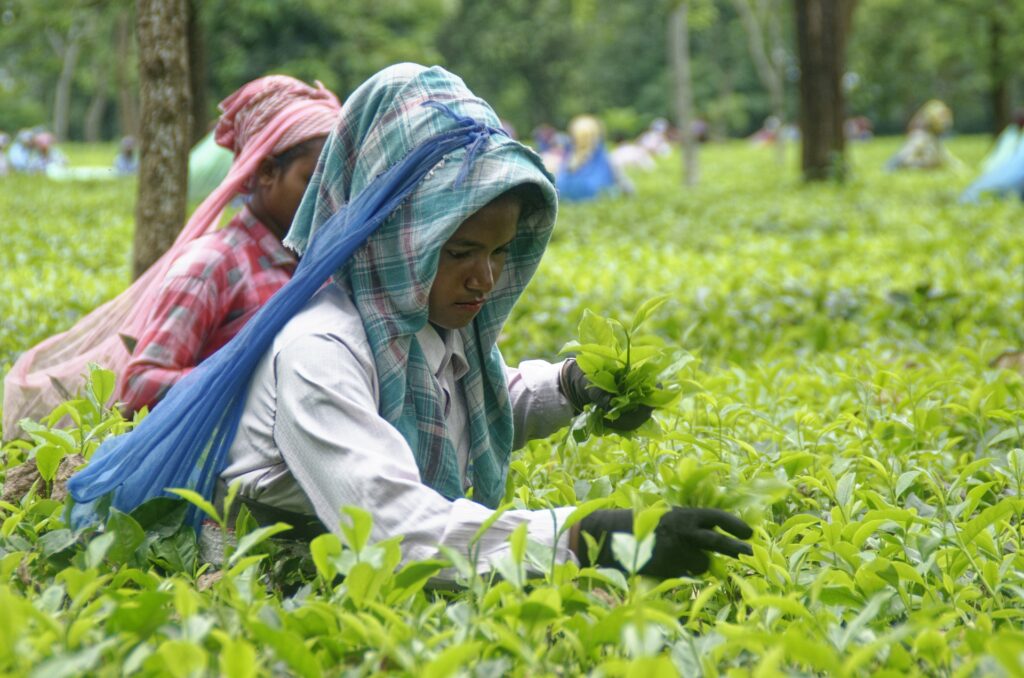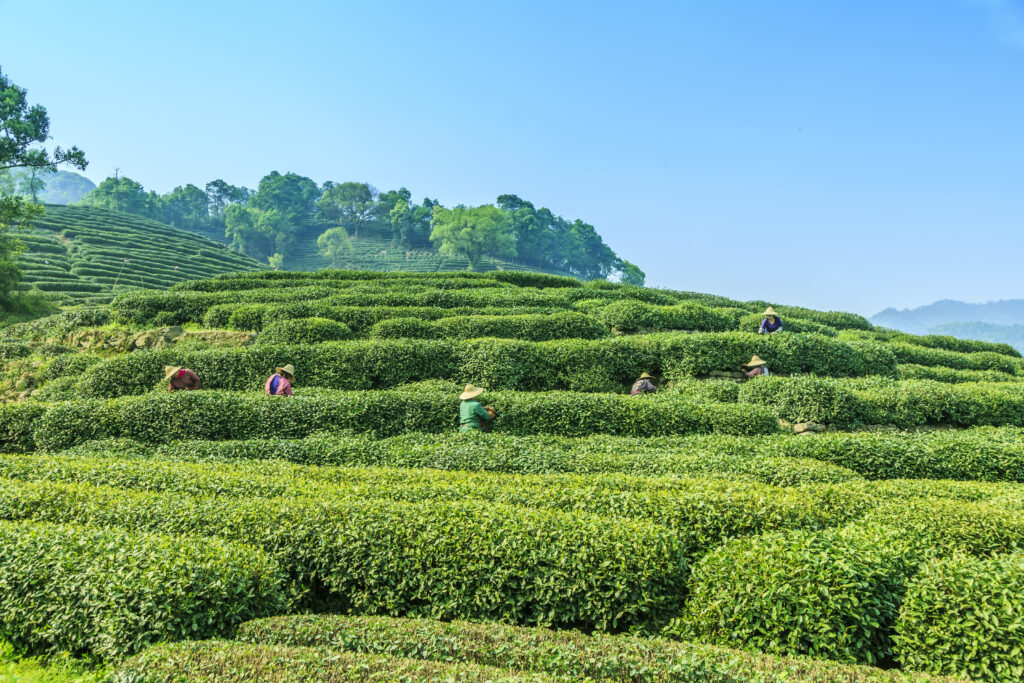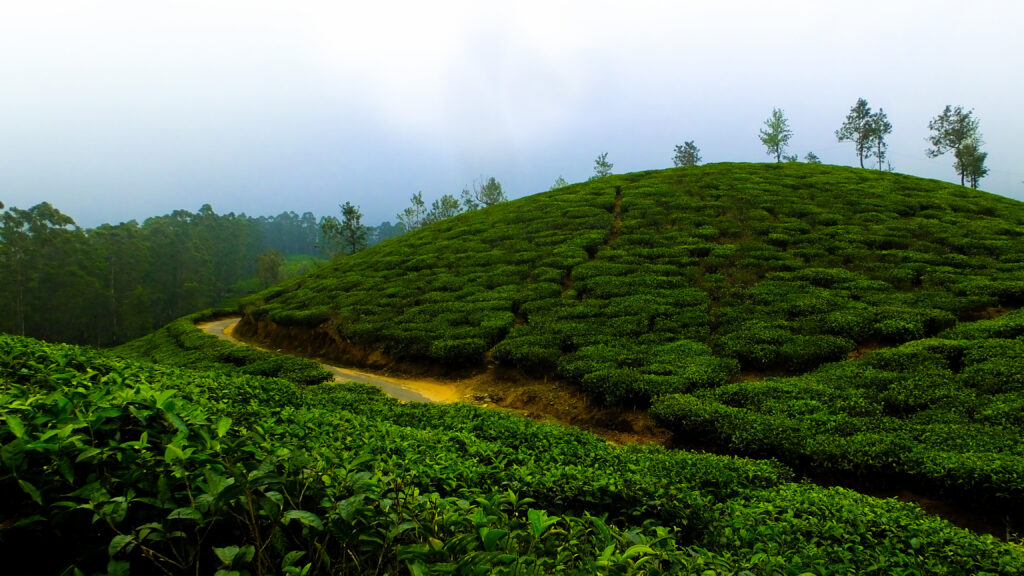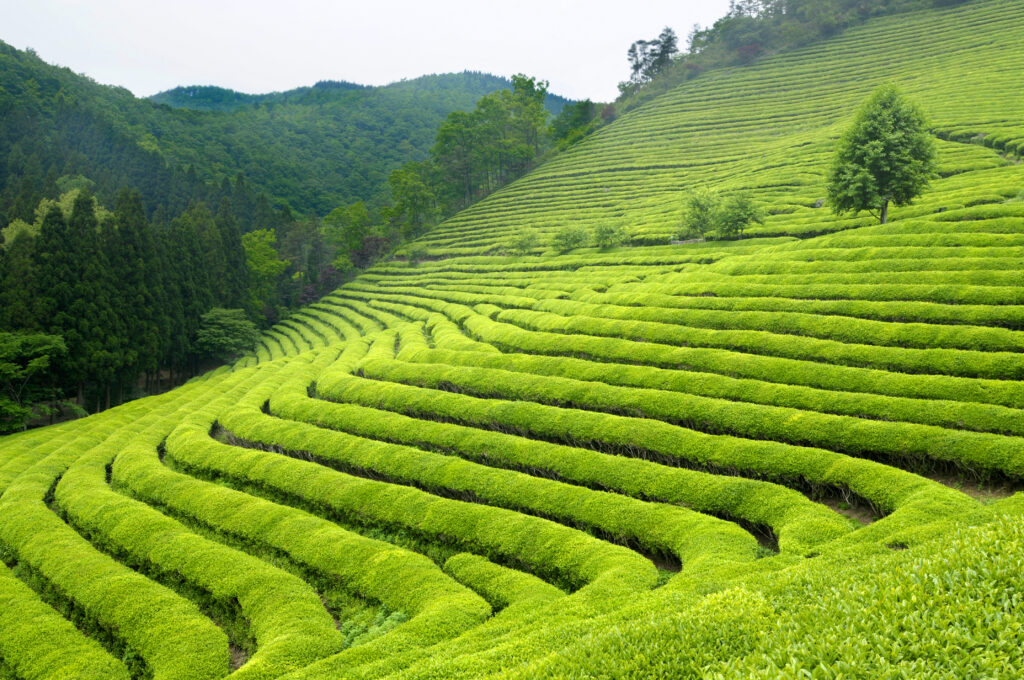Introduction
Nestled in the foothills of the eastern Himalayas, the enchanting town of Darjeeling is known for its breathtaking scenery, cool climate, and, most importantly, its exquisite tea estates. Darjeeling tea is famous worldwide for its distinctive flavor and aroma, and exploring the tea estates of this remarkable region is an experience like no other. From the lush green tea plantations to the serene ambiance, Darjeeling offers tea lovers and travel enthusiasts a unique opportunity to immerse themselves in the world of tea.

Darjeeling tea is often referred to as the “champagne of teas” due to its exceptional quality and delicacy. The unique geographical location, with its steep slopes, ample rainfall, and cool climate, provides the perfect environment for cultivating the finest tea leaves. The tea gardens of Darjeeling are spread across the picturesque hills and valleys, creating a mesmerizing landscape that is a feast for the eyes.
You Can Read Another Post Cruise Vacations: Sailing the High Seas
To truly appreciate the beauty and heritage of Darjeeling tea, visiting the tea estates is a must. With over 80 tea gardens in the region, each with its own distinct character, visitors have a plethora of options to choose from. Some of the most renowned and picturesque tea estates include Makaibari, Glenburn, Happy Valley, and Risheehat.

Makaibari is one of the oldest tea gardens in Darjeeling and is known for its commitment to organic and sustainable farming practices. The estate spans over 1,000 acres and offers visitors a chance to witness the tea-making process from plucking the tender leaves to the final stage of tea production. A visit to Makaibari is an enriching experience that allows you to understand the nuances of tea cultivation while immersing yourself in the tranquil surroundings.

Glenburn, located on the banks of the River Rungeet, is known for its pristine beauty and world-class tea. This estate offers stunning views of the Himalayas, lush greenery, and an insight into the rich history of tea production in Darjeeling. Visitors can take guided tours of the tea gardens, interact with the workers, and even participate in tea-tasting sessions to fully appreciate the complexity and flavors of Glenburn tea.

Happy Valley is another prominent tea estate in Darjeeling, situated just a few kilometers away from the main town. This estate is known for its high-quality black, green, and white teas and offers guided tours that take visitors through the tea fields and the tea factory. Witnessing the tea leaves being carefully plucked, processed, and sorted by skilled workers is a truly fascinating experience that allows you to appreciate the labor-intensive process behind every cup of Darjeeling tea.
Risheehat, located at an altitude of approximately 3,000 feet, is known for its picturesque beauty and exquisite tea production. The rolling hills, tea terraces, and the mist that blankets the estate create a fairytale setting that captivates visitors. A walk through the tea gardens offers glimpses of the tea plants, pluckers at work, and the captivating aroma that permeates the air. The peaceful ambiance and the beauty of nature in Risheehat make it a perfect destination for those seeking tranquility and a deeper connection with the land.
Apart from exploring the tea estates, visiting the tea gardens also provides an opportunity to understand the cultural and historical significance of tea in Darjeeling. Tea has been a major part of the local economy for centuries, and the tea estates have played a crucial role in shaping the region’s identity. Many estates offer cultural programs and interactive sessions that allow visitors to learn about the history, traditions, and cultural practices associated with tea in Darjeeling.
More: Wanted to download Odisha Magazines, visit here
For tea enthusiasts, Darjeeling offers the chance to taste and purchase some of the finest teas in the world. Each tea estate has its own range of teas, with variations in flavor, aroma, and intensity. From delicate and floral teas to robust and full-bodied brews, the choices are endless. The tea estates often have tea boutiques or outlets where visitors can sample the teas and make purchases to savor the flavors of Darjeeling long after they leave.
A visit to Darjeeling is incomplete without indulging in a traditional tea tasting session, where tea connoisseurs guide you through the art of appreciating different teas. The intricate process of brewing and sipping tea, swirling it in your mouth to capture the nuances of flavor, is an experience that elevates the sensory pleasure of drinking tea to a whole new level.
Exploring the tea estates of Darjeeling is not just about tea; it is a holistic experience that allows you to connect with nature, appreciate the labor of tea workers, and gain insights into the rich cultural heritage of the region. The serene beauty of the tea gardens, the intoxicating aroma of freshly plucked tea leaves, and the warmth of the hospitality extended by the tea estates make this journey an unforgettable one.

So, if you are a tea aficionado or someone seeking a unique travel experience, make sure to put Darjeeling and its tea estates on your bucket list. Discover the magic of Darjeeling tea, immerse yourself in the tea gardens, and let the aroma and flavors transport you to a world of serenity and bliss. The tea estates of Darjeeling invite you to sip, savor, and celebrate the art of tea in an enchanting setting that will captivate your heart and leave you with memories that last a lifetime.
Where is Darjeeling located?
Darjeeling is a town in the Indian state of West Bengal. It is located in the Lesser Himalayas at an elevation of approximately 2,000 meters (6,700 feet) above sea level.
What makes Darjeeling tea special?
Darjeeling tea is renowned worldwide for its distinct flavor and aroma. It is often referred to as the “Champagne of teas.” The unique combination of high-altitude cultivation, cool climate, and specific soil conditions contribute to its exquisite taste.
When is the best time to visit Darjeeling for exploring tea estates?
The best time to visit Darjeeling for exploring tea estates is generally from March to May and September to November. During these months, the weather is pleasant, and you can witness the lush green tea gardens in their full splendor.
How do reach Tea Estates Of Darjeeling?
The nearest airport to Darjeeling is Bagdogra Airport, which is well-connected to major cities in India. From there, you can hire a taxi or take a shared cab to reach Darjeeling. Alternatively, you can also take a train to New Jalpaiguri (NJP) Station and then proceed to Darjeeling by road.
Are there guided tours available to explore Tea Estates Of Darjeeling?
Yes, there are several guided tours available that offer a comprehensive experience of exploring the tea estates in Darjeeling. These tours are led by experienced guides who provide insights into the tea-making process, history, and culture of the region.
Are there tea tasting sessions available in Darjeeling?
Yes, tea tasting sessions are often included in guided tours of the tea estates. You can sample a variety of Darjeeling teas, learn about the different tea flavors, and understand the nuances of tea appreciation.
Are there accommodation options available in or near the Tea Estates Of Darjeeling ?
While most tea estates themselves don’t provide accommodation, there are resorts, hotels, and homestays available in and around Darjeeling where you can stay during your visit. Some accommodations even offer beautiful views of the tea gardens.

